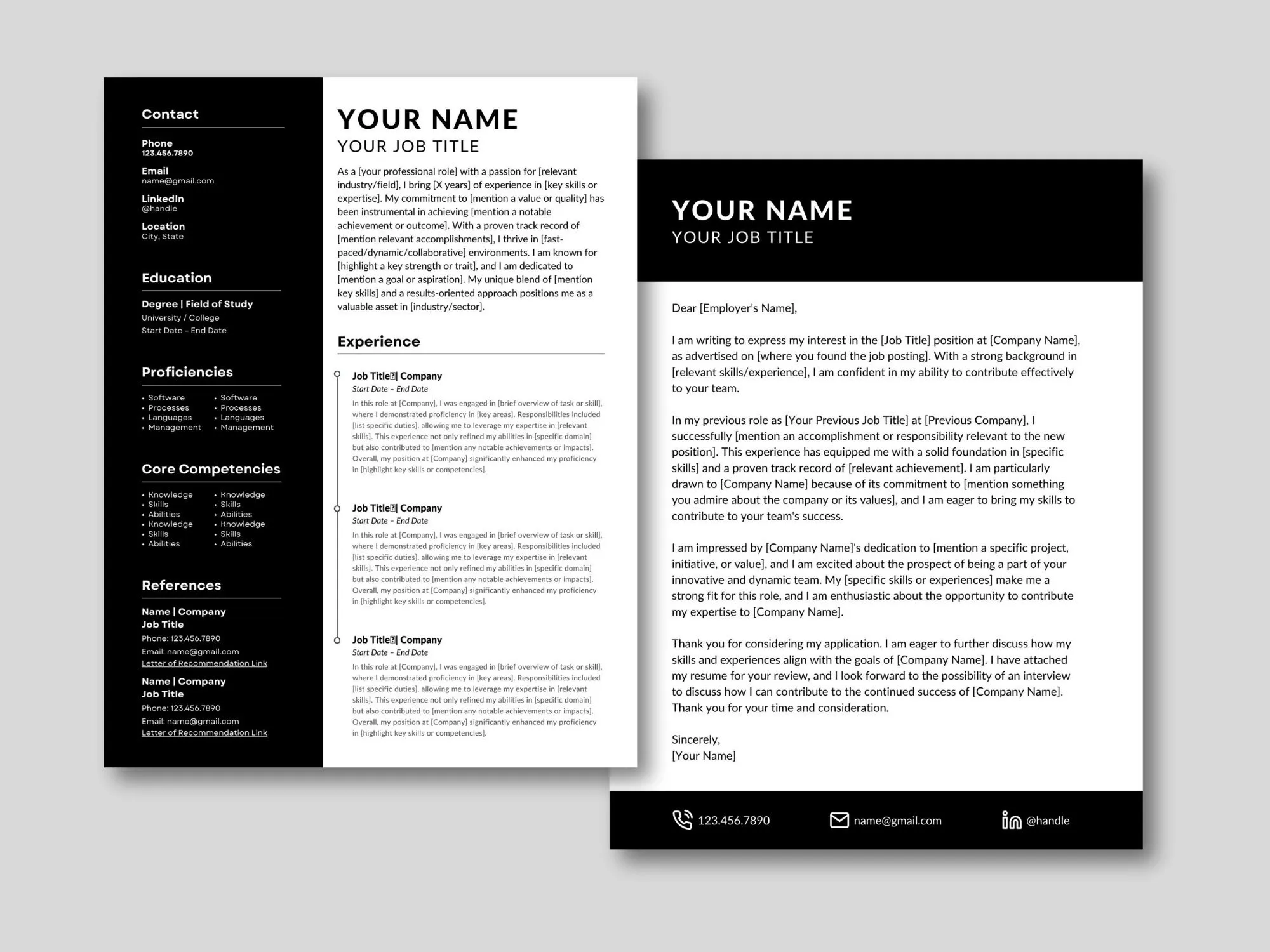Why You Need a Cover Letter
In today’s competitive job market, a resume alone often isn’t enough to make a lasting impression. That’s where a cover letter comes in. Think of it as your personal introduction, a chance to showcase your personality, enthusiasm, and communication skills. A well-crafted cover letter complements your resume, providing context and demonstrating your genuine interest in the specific role and company. It allows you to explain any gaps in your employment history, highlight specific achievements not easily conveyed in a resume, and ultimately, persuade the hiring manager that you’re the perfect fit. In essence, it’s your opportunity to tell a story, making you more than just a list of qualifications.
The Purpose of a Cover Letter
The primary purpose of a cover letter is to secure an interview. It’s your chance to go beyond the basic information in your resume and connect with the hiring manager on a more personal level. A cover letter allows you to articulate why you are interested in the specific position and the company. It’s your platform to demonstrate your understanding of the company’s needs and how your skills and experience align with those needs. This document showcases your communication skills, attention to detail, and ability to convey your value proposition concisely. By clearly articulating your qualifications and expressing genuine interest, a cover letter significantly increases your chances of getting noticed and moving to the next stage of the hiring process. Always remember the importance of clarity and conciseness, because hiring managers often review many applications.
How to Tailor Your Cover Letter
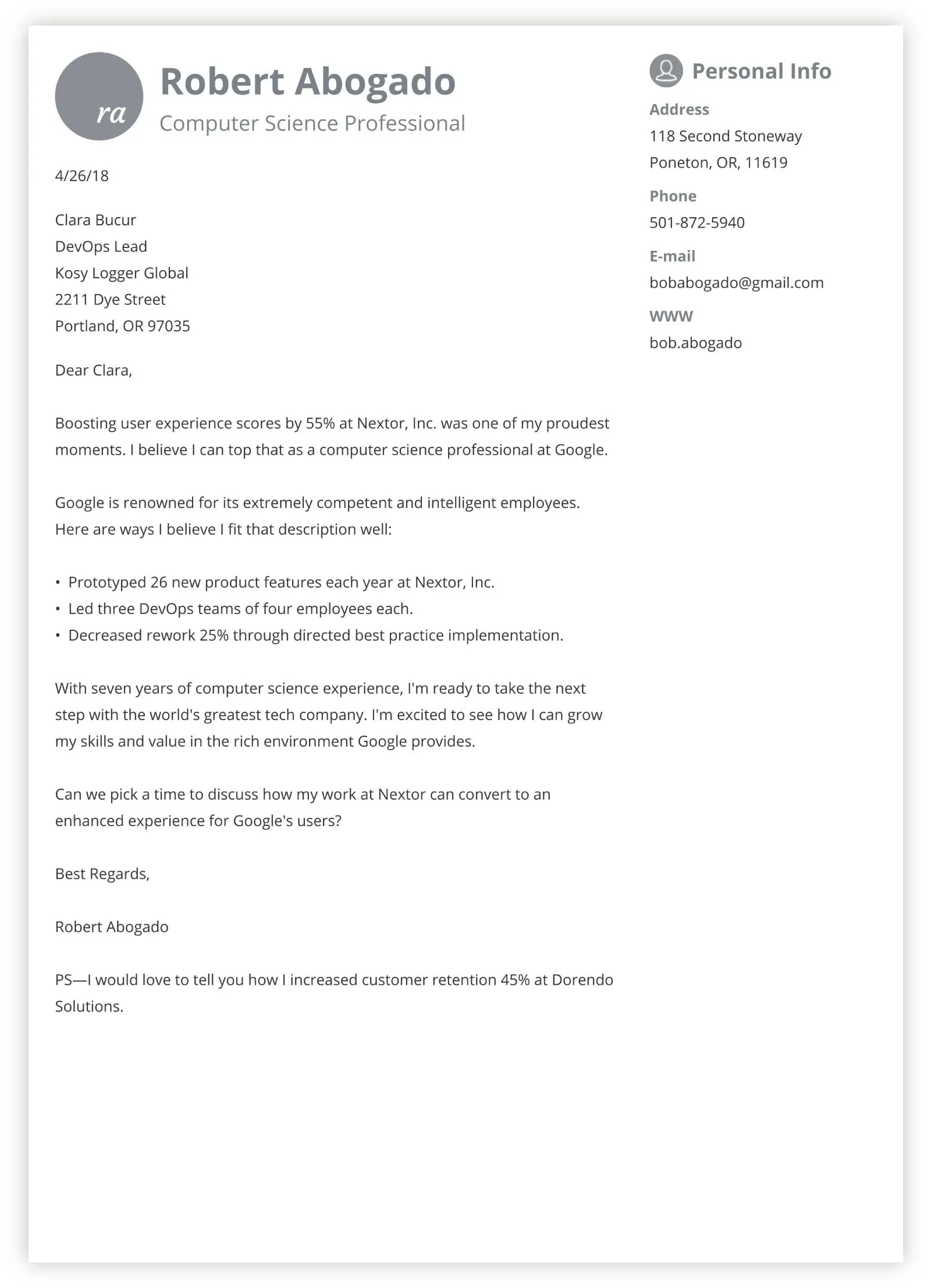
Generic cover letters are easily spotted and often discarded. The key to a winning cover letter is tailoring it to each job you apply for. Start by carefully reviewing the job description and identifying the key requirements and desired skills. Then, align your skills and experience with these requirements, providing specific examples of how you have demonstrated those skills in the past. Research the company to understand their mission, values, and recent accomplishments. Demonstrate your understanding of their business and explain how you can contribute to their success. Personalize your letter by addressing the hiring manager by name (if possible) and referencing specific aspects of the company or role that excite you. This personalization shows that you’ve taken the time to understand their needs and that you’re genuinely interested in the opportunity. Finally, make sure to customize the tone and language to reflect the company culture and the specific position.
Researching the Company
Thorough company research is a non-negotiable step in crafting a compelling cover letter. Visit the company’s website to learn about their products or services, mission, values, and recent news. Explore their social media profiles (LinkedIn, Twitter, Facebook) to understand their culture and stay updated on industry trends. Identify key individuals within the company, especially the hiring manager or the team you’d be joining. Understanding their background and interests can help you tailor your letter effectively. Look for any recent company announcements, projects, or initiatives that align with your skills and experience. This research will help you demonstrate your genuine interest and provide relevant examples of how you can contribute to their success. The more you know about the company, the better equipped you’ll be to position yourself as the ideal candidate.
Highlighting Relevant Skills and Experience
Your cover letter is your opportunity to showcase your most relevant skills and experiences. Start by identifying the key requirements listed in the job description and then highlight the skills and experiences that align with those requirements. Provide specific examples of how you’ve used those skills to achieve positive results in past roles. Use the STAR method (Situation, Task, Action, Result) to structure your examples, making them concise and impactful. Quantify your achievements whenever possible. For instance, instead of saying ‘Managed social media accounts,’ state ‘Increased social media engagement by 30% in six months.’ Tailor your examples to the specific role and company, emphasizing the skills and experiences that will be most valuable to them. This targeted approach demonstrates your understanding of the job requirements and proves that you can deliver tangible results.
Formatting Your Cover Letter
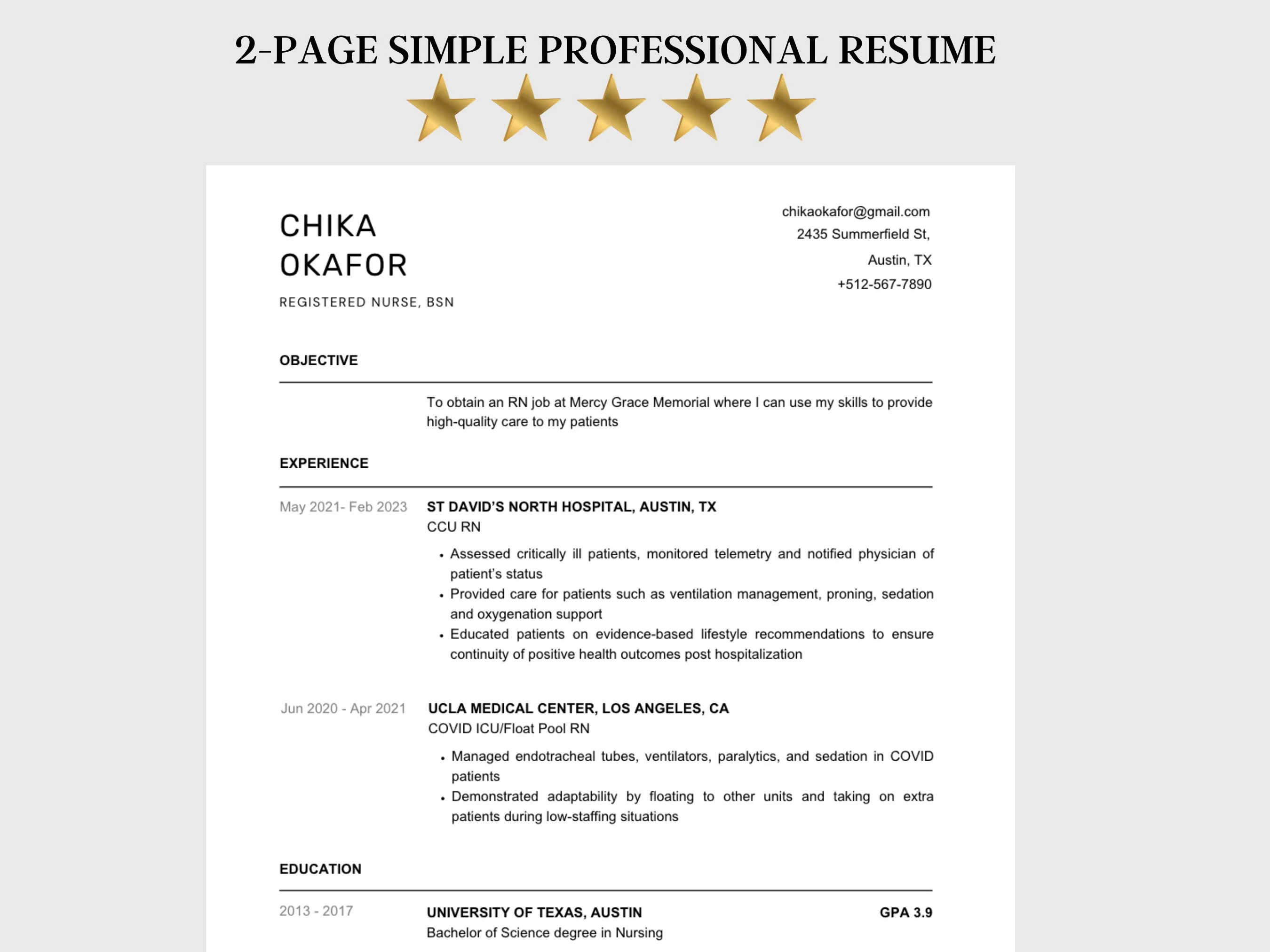
The formatting of your cover letter is just as important as the content. It should be clean, professional, and easy to read. Use a standard font like Times New Roman, Arial, or Calibri, with a font size between 10 and 12 points. Maintain consistent margins (typically 1 inch on all sides) and single-space your text with a double space between paragraphs. Break up large blocks of text with short paragraphs and bullet points to improve readability. Include your contact information at the top, followed by the date and the hiring manager’s contact information. Ensure your letter fits on one page, as hiring managers often don’t have time to read lengthy documents. Proofread carefully for any typos or grammatical errors, as these can detract from your professionalism. Use bolding strategically to emphasize key skills or accomplishments.
Contact Information and Date
Your contact information should be the first thing the hiring manager sees. Include your full name, phone number, email address, and LinkedIn profile URL (if you have one). Place this information at the top left or right corner of the document. Below your contact information, include the date you’re sending the cover letter. Then, include the hiring manager’s name (if you know it), title, company name, and address. If you can’t find the hiring manager’s name, you can use a general title such as ‘Hiring Manager.’ Ensuring the correct contact information demonstrates your attention to detail and allows the hiring manager to easily reach you. Always double-check the information for accuracy before submitting your letter.
Salutation
The salutation sets the tone for your entire letter. If you know the hiring manager’s name, use it: ‘Dear Mr./Ms./Mx. [Last Name]’. This personalized approach shows that you’ve done your research and are taking the time to connect with them directly. If you’re unsure of the hiring manager’s name, use a professional greeting such as ‘Dear Hiring Manager’ or ‘Dear [Department Name] Team.’ Avoid generic greetings like ‘To Whom It May Concern,’ which can make your letter feel impersonal. Always spell the name correctly and double-check the title and gender. The salutation should be followed by a comma, and it should match the tone of the rest of your cover letter. A well-crafted salutation immediately grabs the reader’s attention and encourages them to continue reading.
Body Paragraph 1 Make Your Case
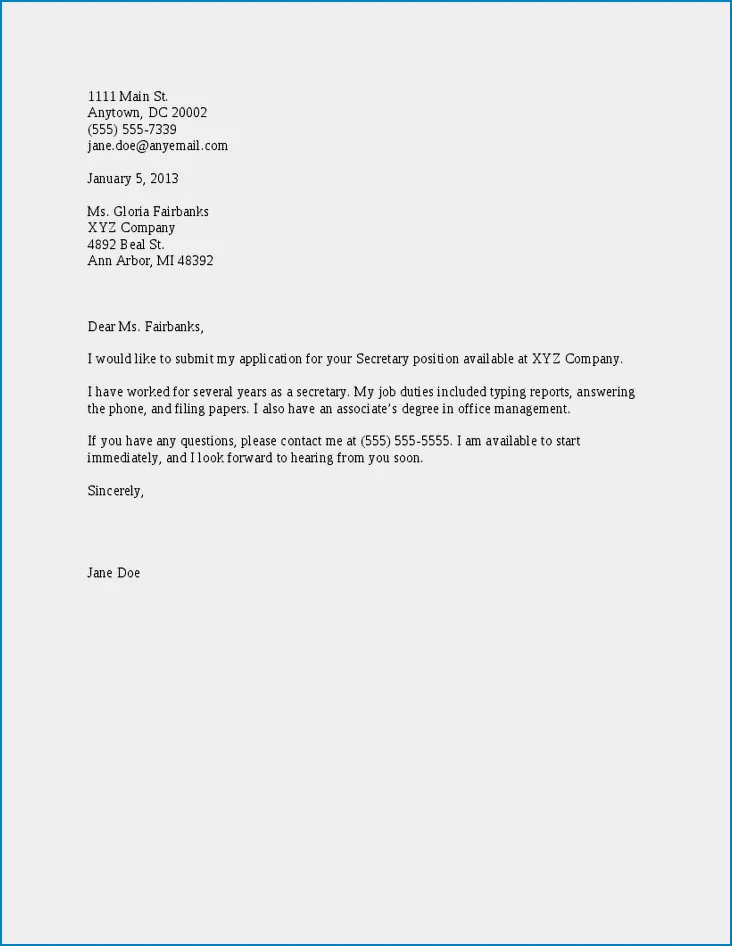
The first body paragraph is your opportunity to make a strong first impression. State the position you’re applying for and how you found it. Then, concisely express your interest in the role and the company. Mention one or two key qualifications or achievements that immediately make you a standout candidate. Explain why you’re excited about the opportunity and what you bring to the table. Highlight your understanding of the company’s needs and how your skills align with their goals. Aim to create intrigue and entice the reader to continue reading. Your introduction should be confident, enthusiastic, and tailored to the specific job. By making your case right away, you set the stage for the rest of your cover letter and capture the hiring manager’s attention.
Body Paragraph 2 Show Your Value
The second body paragraph is where you provide concrete examples of your skills and experience. Reference the job description and address the key requirements, demonstrating how your past experiences have prepared you for success. Use the STAR method (Situation, Task, Action, Result) to structure your examples. Describe the situation, the task you were assigned, the actions you took, and the positive results you achieved. Quantify your accomplishments whenever possible. Focus on the aspects of your experience that are most relevant to the specific role and company. Show how you have solved problems, achieved goals, and exceeded expectations. This section should provide compelling evidence of your ability to perform the job and contribute to the company’s success. Avoid simply repeating information from your resume; instead, provide more detail and context.
Body Paragraph 3 Closing Strong
Your closing paragraph should be a call to action. Reiterate your interest in the position and the company. Express your enthusiasm for the opportunity to contribute to their team. Clearly state your availability for an interview and provide your contact information again. Thank the hiring manager for their time and consideration. Close with a professional closing such as ‘Sincerely,’ ‘Best regards,’ or ‘Thank you.’ Avoid using overly casual language. Ensure your closing is concise, professional, and leaves a positive lasting impression. This final paragraph reinforces your qualifications, enthusiasm, and eagerness to move forward in the hiring process. A strong closing can significantly increase your chances of getting an interview.
Proofreading and Editing
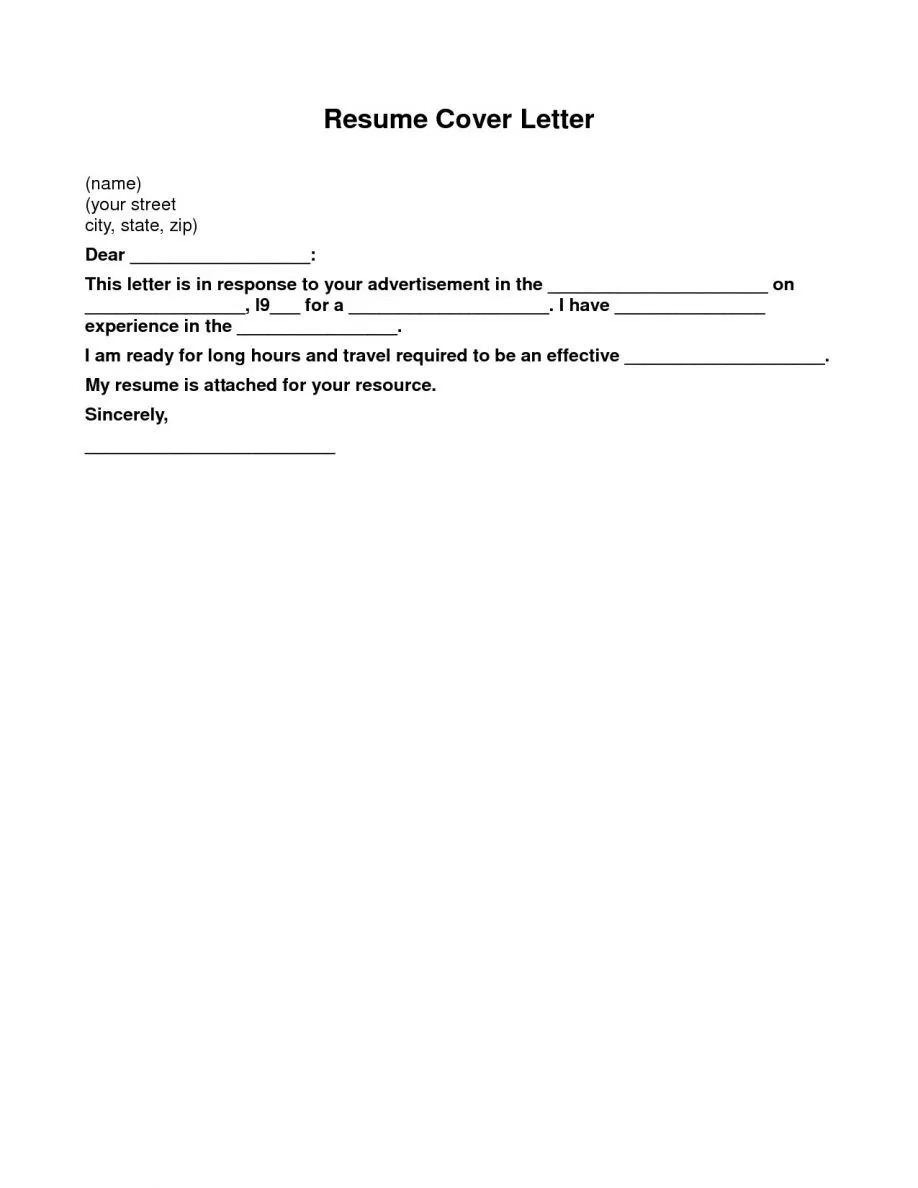
Before submitting your cover letter, proofread it carefully for any errors in grammar, spelling, punctuation, and formatting. Even a small mistake can undermine your credibility. Use a spell checker and grammar checker, but don’t rely on them completely. Read your letter aloud to catch any awkward phrasing or run-on sentences. Ask a friend, family member, or career counselor to review your letter for a fresh perspective. They can identify any areas that need improvement or clarify any confusing language. Ensure your letter is concise, well-organized, and easy to read. Pay attention to the tone, making sure it’s professional and reflects your personality. A polished cover letter demonstrates your attention to detail and commitment to excellence.
Finalizing Your Cover Letter
After proofreading and editing, finalize your cover letter by saving it in a professional format, such as a PDF. This ensures that your formatting will be preserved regardless of the recipient’s operating system or software. Double-check that your contact information is correct and up-to-date. Review the job description one last time to ensure your cover letter aligns with the requirements. Tailor your letter to the specific company and position. Send a test email to yourself to ensure the formatting looks correct. Keep a copy of your cover letter for your records. By following these steps, you can create a winning cover letter that effectively showcases your skills and experience and increases your chances of landing an interview. Remember to personalize your cover letter, highlighting your achievements and expressing your genuine interest in the opportunity.
